Photographer Tomasz Lazar asks us to envision the final walk of those who have died inAokigahara forest—as well as the spirits that remain.
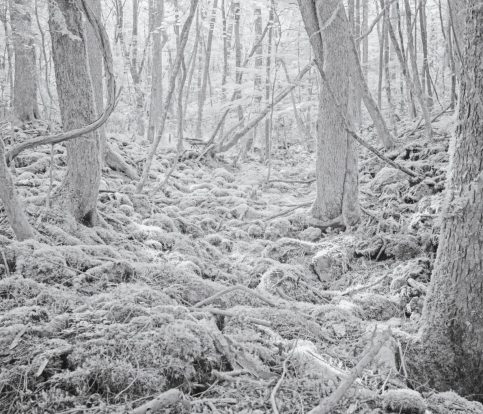
PHOTOGRAPH BY TOMASZ LAZAR
At the base of Mount Fuji is a dense, verdant forest. From above, the trees swaying in the wind are reminiscent of the sea, giving the Aokigahara forest a second name—Jukai, or Sea of Trees. The ground below is uneven and riddled with small caves, moss-covered roots growing on top of the dried lava that once flowed there. The soil has a high iron content which interferes with GPS and cell phone signals.
This is a very easy place to get lost. Visitors are strongly encouraged to stay on the trails.
There are some people, however, who enter the forest with the intention of not coming out. Signs at the forest entrances remind visitors that their lives are precious, to think of their families. At the bottom of the signs is the number for a suicide hotline.
Japan’s suicide rates are among the highest in the developed world. Aokigahara has gained notoriety as a popular suicide spot.
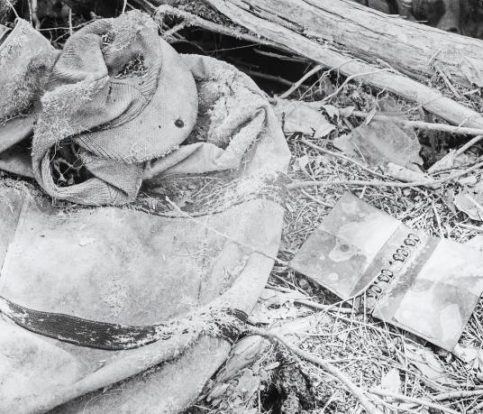
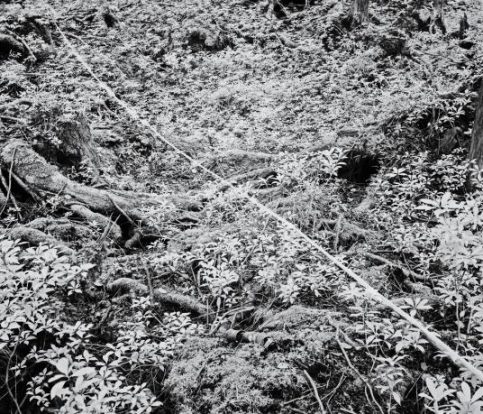
PHOTOGRAPH BY TOMASZ LAZAR
The reasons for this rooted in folklore and literary pop culture. Local legend has it that Aokigahara was a place where people once practiced ubasute—taking an elderly or sick relative to a remote area and leaving them to die. Tower of Waves, a 1960’s novel by Seichō Matsumoto, features a beautiful, love-torn heroine who commits suicide there. The Complete Manual of Suicide, by Wataru Tsurumi, named the forest as a perfect place to die.
The Suicide Forest, as it is also referred to, is clearly a place that captures the darker side of the imagination.
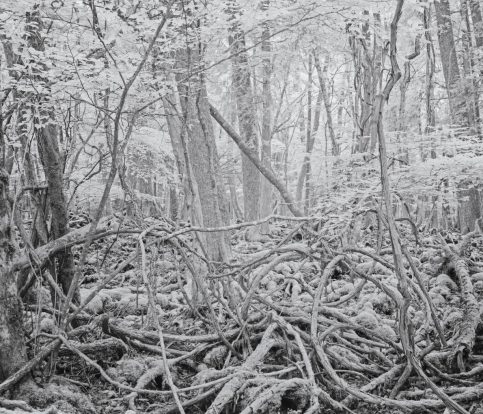
PHOTOGRAPH BY TOMASZ LAZAR
Photographer Tomasz Lazar first heard about the forest when he was in middle school and a fan of sci-fi and horror films. Later, when conceiving “Sea of Trees,” a project based around the theme of consequences, he thought again about Aikogahara, and what he found to be the romanticism of tragedy occurring in a place of such beauty.
For Lazar, the forest became a way to explore the consequences of depression in a country like Japan, which culturally neither shares the openness of discussing mental health issues nor the same stigma around suicide as exists in the West.
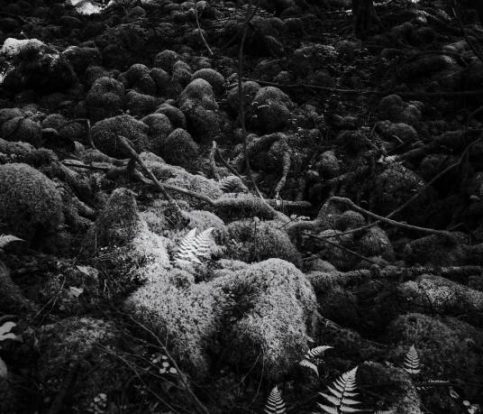
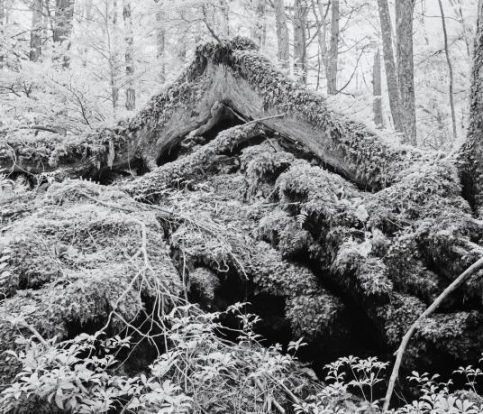
PHOTOGRAPH BY TOMASZ LAZAR
With the help of guides, Lazar ventured into areas of the forest where suicides most often occur, following lines of plastic tape tied to trees by rescue workers to mark where they have found something, or as an escape route for people who have not fully made up their minds to go through it.
After a high number of suicides were reported in 2004 (a total of 108), officials stopped publicizing deaths for fear of glorifying the practice. Yamanashi prefecture, where the forest is located, began hiring people in 2009 to patrol the forest and approach anyone who might not look like the average tourist out on a hike. While this has helped discourage suicide in some cases, there are ongoing reports of bodies being discovered—his guide Toru Kurihara once discovered 36 bodies over a period of 37 days, Lazar says.
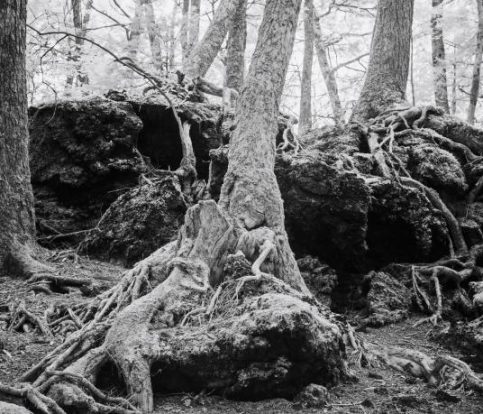
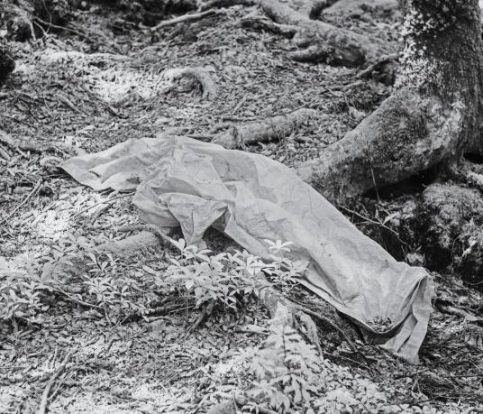
PHOTOGRAPH BY TOMASZ LAZAR
Lazar didn’t find any bodies himself, though he and Kurihara came across evidence of their own: empty campsites, discarded jackets, nooses hanging from trees, and empty bottles of bleach.
Lazar’s aim however was not to photograph the death directly but capture the overall feeling of the place. He chose to photograph using black and white infrared film, which makes trees and vegetation appear with a white glow. White is the symbol of death and mourning in Japan. “I wanted to show the atmosphere of the forest, the last walk of the person,” he says.
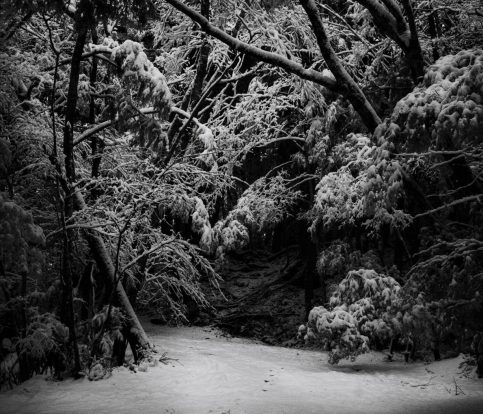
PHOTOGRAPH BY TOMASZ LAZAR

You must be logged in to post a comment Login